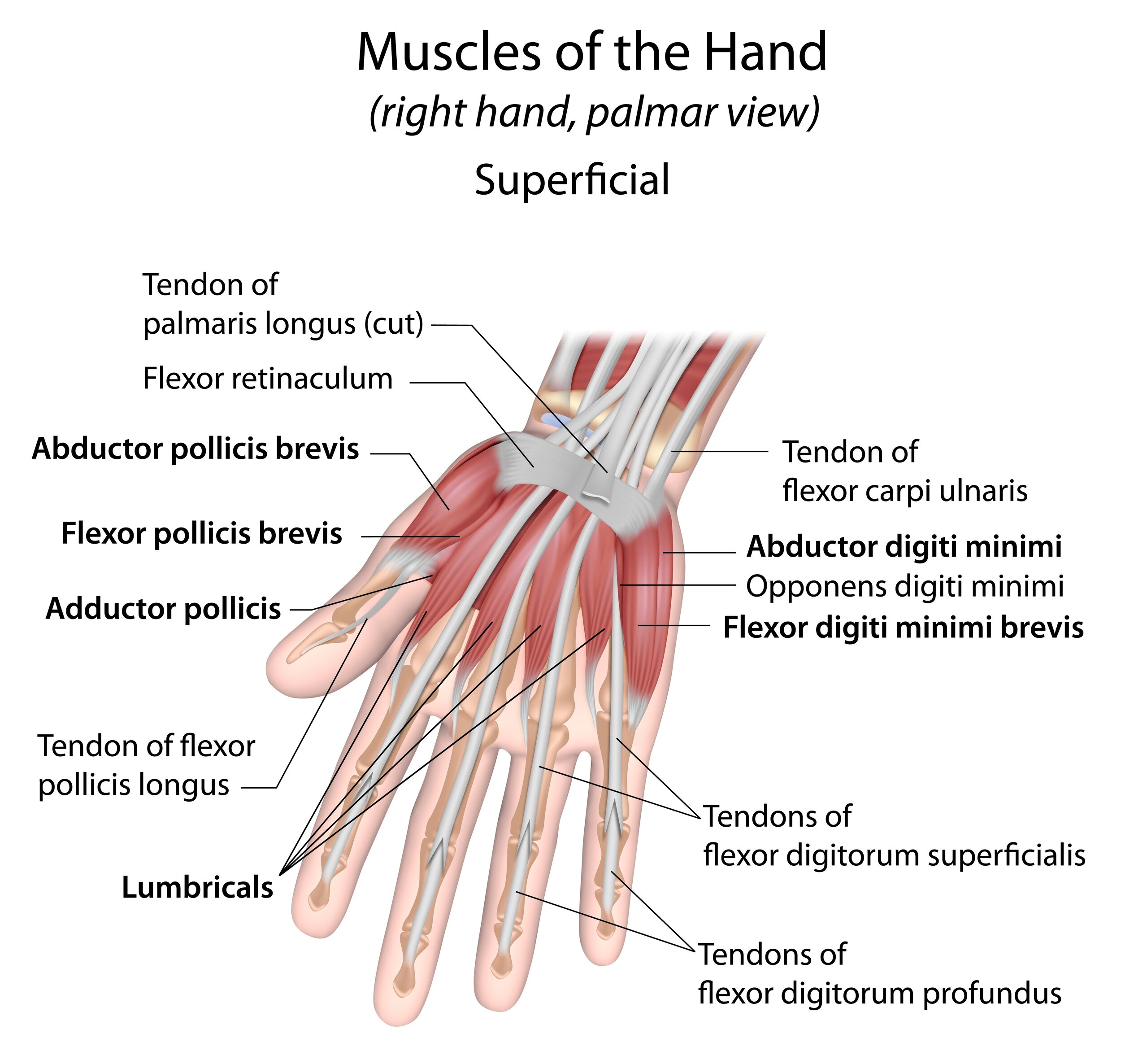Wrist Pain During Crossfit
Martha Theirl, PT, DPT, Cert-CFMA
Imagine it’s the middle of your workout of burpees, clean and jerks, and kettlebell swings when you start to feel pain in your wrist. It starts as fatigue, then an ache, then gets sharper. You’re offloading weight during the burpee to the side that doesn’t hurt. It’s harder to stabilize overhead, and you’re having difficulty maintaining grip on your kettlebell. Maybe you finish the workout, maybe you modify to get through, or maybe you need to stop altogether. By the end, you’re left feeling like you weren’t able to reach your intended stimulus.
*As always, this is meant to be educational in nature and not specific medical advice. I have not evaluated your situation and cannot say if these are the safest or most effective interventions for you. If you have questions, please contact me or speak with your medical professional.
The Wrist and Hand are complicated!
With over 27 bones, 20 muscles, and lots of connective tissue the hand and forearm are certainly complex. The wrist itself does not have any specific muscles that directly protect it and therefore relies on connective tissue and surrounding muscle strength. This makes it more vulnerable and increases the importance of targeted accessory work.
If you’re having wrist pain during your workouts, here are a few factors that may be contributing.
Overuse
Overuse comes in many forms- it may be increased volume, increased weight, or increased total number of sessions. These all have one thing in common- asking the tissue to do more than it’s capable of over a period of time. If you are new to these movements or trying to progress them, make sure you give your body time to adapt. It’s important to ramp up in controlled increments- called progressive overloading to give your muscles and joints time to respond to this increased work.
Strength
Having the pre-requisite strength cannot be overstated if you’re starting to have wrist and hand pain. Endurance is part of this also. If you’re trying to work on your grip strength, check out our recent blog post on the subject. Making sure your back, shoulders, and arms are also strong will maximize your gains and you’ll be able to progress with less plateaus.
It takes about 6-8 weeks to increase muscle strength from one level to the next. The first two weeks the nervous system is working hard to give you more feedback, then it’s just building that new muscle! Joint mobility can take longer to really adapt to new movements, up to 6 months (or longer!) at times.
Mobility
The mobility demands of Crossfit are greater than a lot of other sports. The overhead squat for example, requires good mobility, stability, and strength at the ankle, knee, hip, core, back, shoulder, elbow, and wrist. See the video for a quick shoulder mobility check that also checks the tightness of your lats. If your shoulder can’t reach a full overhead position, that extra effort will be moved to a different part of the body, often the elbow or wrist.
Ensuring you have full wrist extension is important for our lifts in Crossfit. When lifting overhead, you want the wrist to be in an extended position to help create the overall tension to support the joints. If the wrist can’t fully extend, it may be overusing the muscles to hold the position triggering an issue at the wrist, or send the force to the elbow or shoulder causing pain or discomfort there.
What if your wrist pain isn’t being caused by your wrist?
If you’re having wrist pain, assessing where it’s coming from will help you to get rid of it sooner and keep you on track with your progress. Core instability, difficulty with shoulder mobility, or needing muscles to be stronger all play a factor. If you’ve had pain for over two weeks and it’s not resolving, it’s time to ask for an assessment.
Some other tips to avoid wrist pain and injury:
Practice New Movements. These new positions take time for your body to adapt to. Meet your body where it’s at and then you can work on getting into improved positioning over time!
Take your time- Crossfit is done fast and under fatigue. Form can break down. As you fatigue, pay attention to your form. You may slow down a bit but in the long run you will remain stronger and more resilient! Always listen to your coaches for cues they give you!
Ensure your wrist is strong and straight during kettlebell swings
Knuckles should be facing the ceiling while on the bar for gymnastics- not your fingers! Wrist should also be straight here as you hang.
Work with your mobility to improve your overhead or front rack positions. This includes your spine and shoulder!
Use wrist wraps or lifting straps for support. Wraps can help to add support to the wrist. Straps may help those who are unable to get the hand around the bar in a front rack or have hand pain while deadlifting.
Modify your movement. While you’re working on the above, it may make sense to modify how you’re doing that lift. Go lighter in weight, use a power squat instead of full squat for overhead squat, do a russian kettlebell swing instead of american, or perform burpees on a dumbbell to help keep your wrist neutral.
Please feel free to contact Q4 Physical Therapy with any questions or concerns on these topics!





